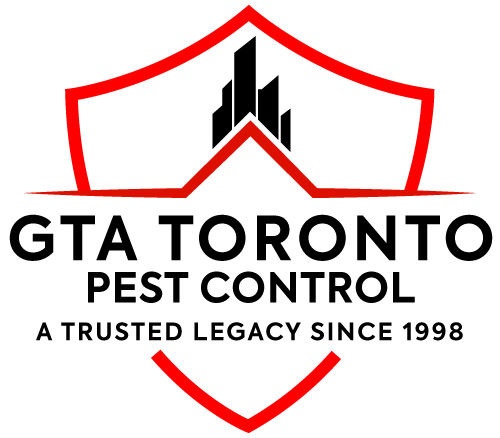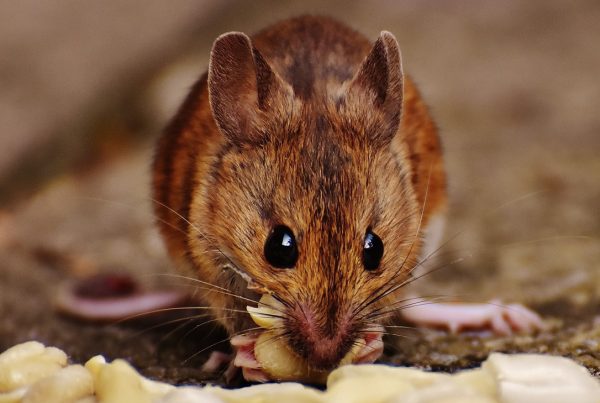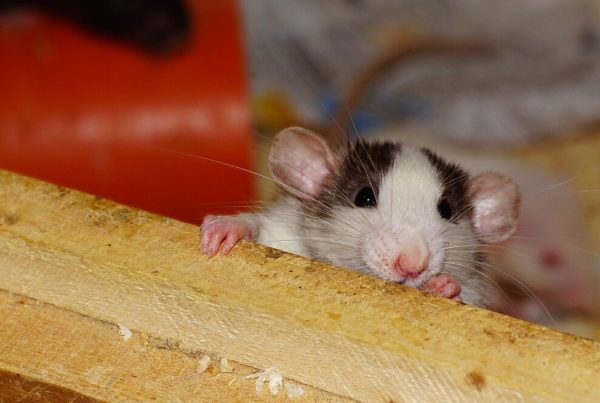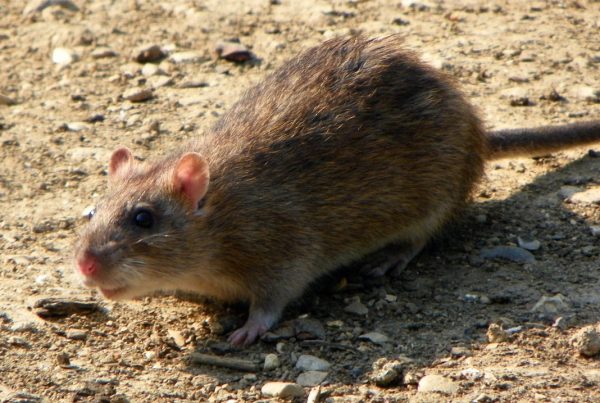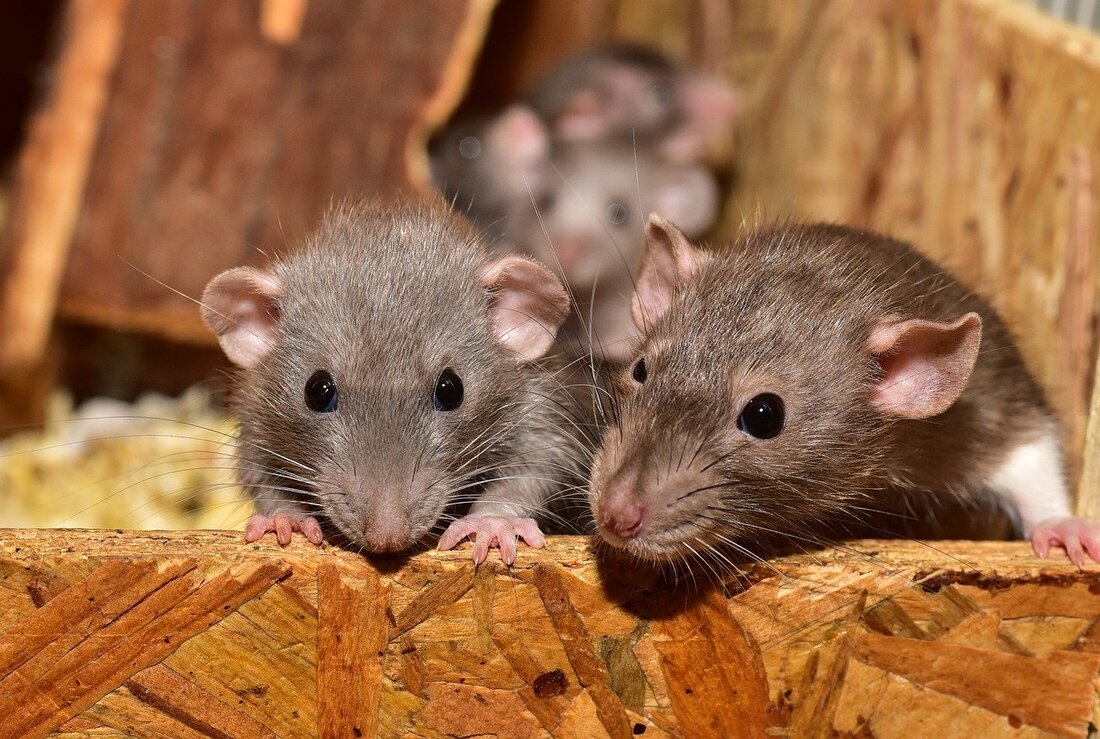
Rat is a known carrier of diseases. Whether there’s an ongoing infestation or you’re cleaning up after a rat infestation, proper handling and use of protective equipment are required. Rats spread over 35 diseases that can easily spread to humans via contact with their feces, saliva, and urine.
Therefore, it’s extremely important to take precautions when cleaning up after a rat infestation at home. Prior to that, you have to make sure that you’ve done the necessary preparations, such as sealing entrances, ventilating the area, and containing the rats, if there’s still any.
WHAT DO YOU NEED TO KNOW ABOUT A RAT INFESTATION?
A rat infestation is more common than you think. They’re responsible for carrying and the transmission of over 35 diseases. Not only are they a health risk but they’re also a destructive bunch of pests. Rats are secretive and are elusive to humans. It’s easy to be oblivious about a rat infestation at home unless you start seeing them marching around the house like their part of the household.
The most common sign of a rat infestation is the presence of a living or dead rat. Infestation can be difficult to prove but the mere presence of a living or dead rat is a clear sign of a full-blown infestation. That is because rats prefer to hide in dark places and invisible to humans. When their population increases and the space become limited, they will be forced out into the open.
Another obvious sign of a rat infestation is the crumbs they leave behind. When you start seeing droppings, grease marks, or dirt along floorboards and walls, you’ll find out a healthy, feeding rat infestation.
WHAT COMMON DISEASES ARE ATTRIBUTED TO A RAT INFESTATION?
The most common disease that rats carry is hantavirus. The Centers for Disease Control and Prevention has identified rats as the main carrier of the hantavirus that causes the rare but deadly hantavirus pulmonary syndrome hantavirus or HPS. The hantavirus is airborne can be transmitted through inhalation from disturbed rat urine, droppings, and/or carcasses.
Other diseases that rat infestation can bring is Leptospirosis, rat-bite fever, Colorado Tick Fever, Lymphocytic Choriomeningitis or LCMV, Salmonellosis, Cutaneous Leishmaniasis, and/or bubonic plague and its variants. Rats are also a common source of allergens that can cause sneezing and other allergic reactions.
PREVENTING A RAT INFESTATION AT HOME
Prevention is always better than extermination. A rat infestation can be prevented by following simple and practical cleaning practices at home. At the same time, consistent practice of hygiene and housekeeping is key to avoid a rat infestation. Prevention can be summarized in three ways:
- Sealing up: Sealing up holes, openings, and/or cracks inside and outside of your house can prevent rats from sneaking through.
- Trapping up: Putting in place rat baits, such as peanut butter on a snap trap, at strategic locations can immediately catch rats before they start multiplying.
- Cleaning up: Storing food properly and keeping them in sealed containers as well as ensuring cleanliness at home always will prevent rats from fancying your house as a food haven.
HOW TO CLEAN UP AFTER A RAT INFESTATION?
Precaution is always the priority before, during, and after cleaning a rat-infested area at home. It is required that you prepare your house and yourself for the cleanup. This is to avoid being contaminated with diseases that rats carry. Proper usage of personal protective gear is imperative.
Here are the best practices of cleaning up after a rat infestation:
- Prepare the area by properly ventilating the space. Open the windows and doors to let the airflow at least 30 minutes prior to cleaning. A better idea is to use cross-ventilation. You must leave the room during the airing-out time.
- Wear personal protective equipment, such as rubber, vinyl, latex, or disposable gloves, mask, eyewear or goggles, shoes or rubber boots, shoe cover, etc., when starting to clean.
- When cleaning up rat droppings or urine, don’t vacuum or sweep; this will disturb the droppings, urine, or nests and release dangerous particles into the air that can be inhaled and cause diseases. Spray the droppings or urine with a liquid mixture of water and bleach or use a disinfectant. Let the solution soak for 5 minutes before using a paper towel to pick up the droppings and urine. Dispose of the paper towel in the garbage properly.
Once the rat droppings or urine are removed, continue disinfecting the surface where the rat droppings and urine were as well as the nearby surfaces that might have potentially been contaminated. Remove your gloves and mask and dispose of them in the garbage. Thoroughly wash your hands with water and soap.
- When cleaning up rat urine on surfaces, carpets, clothing, and/or beddings, make sure to use a disinfectant solution. In a lot of cases, you won’t find a pool of rat urine, but you’ll find traces of it on surfaces. Shampoo carpets and launder beddings and clothing using a strong detergent.
- To remove dead rat bodies, never touch them with your bare hands. Dispose of the dead bodies using a sealed garbage bag. Separate the plastic bag with the dead rats from other garbage and put it in a separate garbage bin.
- Clean any surface where you prepare food, such as kitchen counters, worktops, cutlery, crockery, pots and pans, and/or utensils using hot water and disinfecting detergents. Follow the instructions on the disinfecting solution if you’re using industry-grade chemicals. You can also use a disinfectant spray on food cupboards, kitchen drawers, and worktops.
You can also use a mixture of regular household bleach and water; a 1% solution or an equivalent of 1:100 ratio is adequate to disinfect surfaces. For heavy soiled or contaminated areas, use a 10% solution of bleach and water, or 1:10 ratio.
- Dispose of the disposable protective wear and clean your hands thoroughly with warm water and soap. Remember to also disinfect your protective wear to avoid recontamination.
CONCLUSION
If you want a much thorough cleaning, call a professional to take care of the cleanup. GTA Toronto Pest Control is an expert in rat infestation management and cleanup. It employs industry-standard methods and high-quality products to clean up your house without compromising hygiene, health, and environmental regulations.
